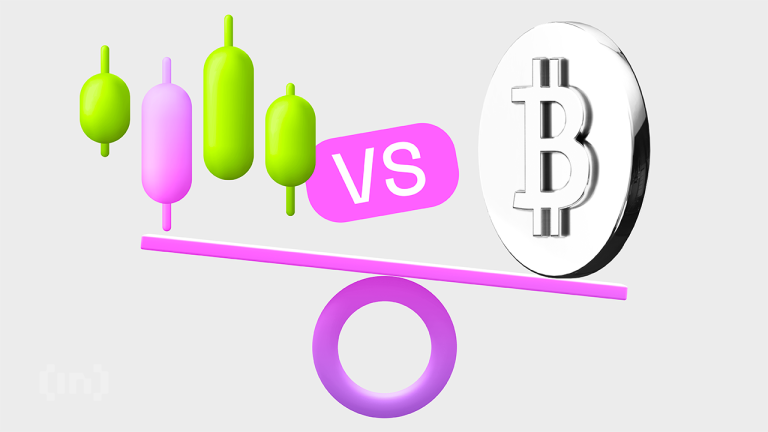
“
Wearable Tech in 2025: Bridging the Gap Between Health and Technology
Wearable Tech in 2025: Bridging the Gap Between Health and Technology has become a crucial aspect of our daily lives. With the rapid advancement of technology, wearable devices have evolved to become an essential tool for monitoring our health and fitness. From fitness trackers to smartwatches, these devices have made it possible for us to track our daily activities, sleep patterns, and even our vital signs.
Introduction to Wearable Technology
Wearable technology has been around for several years, but it’s only recently that it has gained widespread acceptance. The first wearable device was the calculator watch, which was introduced in the 1970s. However, it wasn’t until the launch of the Fitbit in 2008 that wearable technology started to gain popularity. Today, there are numerous wearable devices available in the market, each with its unique features and functions. For more insights, check out Wearable Tech Innovations.
Types of Wearable Devices
There are several types of wearable devices available in the market, including:
- Fitness Trackers: These devices are designed to track our daily activities, such as steps taken, distance traveled, and calories burned. Examples of fitness trackers include Fitbit, Garmin, and Xiaomi Mi Band.
- Smartwatches: These devices are designed to perform a variety of functions, including tracking our fitness activities, receiving notifications, and controlling our music playlists. Examples of smartwatches include Apple Watch, Samsung Gear, and Fossil Gen.
- Smart Glasses: These devices are designed to provide us with a virtual display of information, such as notifications, directions, and weather updates. Examples of smart glasses include Google Glass and Vuzix Blade.
- Smart Jewelry: These devices are designed to track our fitness activities and provide us with notifications. Examples of smart jewelry include Fitbit Ionic and Garmin Vivosport.
Benefits of Wearable Technology
Wearable technology has several benefits, including:
- Improved Health Monitoring: Wearable devices allow us to track our vital signs, such as heart rate, blood pressure, and sleep patterns.
- Increased Motivation: Wearable devices provide us with a sense of motivation to exercise and stay active.
- Enhanced Safety: Wearable devices can alert us to potential health risks, such as irregular heartbeats or low blood sugar levels.
- Convenience: Wearable devices provide us with a convenient way to receive notifications, control our music playlists, and track our daily activities.
Future of Wearable Technology
The future of wearable technology is exciting and promising. With advancements in artificial intelligence, machine learning, and the Internet of Things (IoT), wearable devices will become even more sophisticated and integrated into our daily lives. Some of the potential advancements in wearable technology include:
- Implantable Devices: These devices will be implanted under our skin and will be able to track our vital signs and provide us with real-time feedback.
- Brain-Computer Interfaces: These devices will allow us to control our wearable devices with our minds.
- Augmented Reality: Wearable devices will be able to provide us with an augmented reality experience, allowing us to interact with virtual objects and information in real-time.
Conclusion
In conclusion, wearable technology has come a long way since its inception. From fitness trackers to smartwatches, these devices have revolutionized the way we approach health and wellness. With advancements in technology, wearable devices will become even more sophisticated and integrated into our daily lives. As we look to the future, it’s exciting to think about the potential advancements in wearable technology and how they will improve our lives. For more on this topic, explore The Convergence of AI and Wearables.






2 thoughts on “Wearable Tech in 2025: Bridging the Gap Between Health and Technology”
Comments are closed.